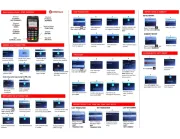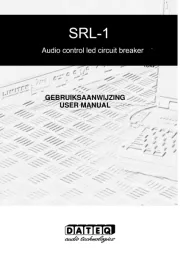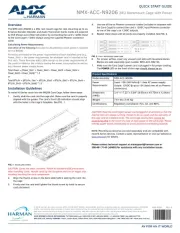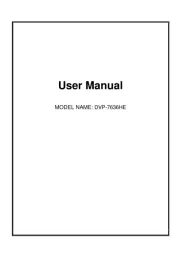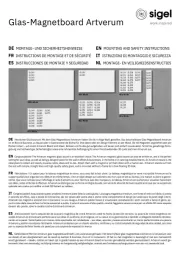Explanation quoted from Olivier Gillet via Muffwiggler
POSITION = selects in which buffer the audio is poured
(when FREEZE is not active), or from which buffer the
audio is synthesised (when FREEZE is active).
Example: Set POSITION to minimum value. FREEZE. You get
a first texture. Set POSITION to maximum value. UNFREEZE.
Wait for something else to happen in the incoming audio.
FREEZE again. By moving POSITION you interpolate
between the two textures which had been captured at the
press of FREEZE. Depending on the quality settings
there are 2 to 7 buffers laid out on the course of the
POSITION knob. So it's a bit like morphing between FFT
slices.
SIZE = change the coefficients of a polynomial that
determines how frequencies are mapped between the
analysis and synthesis buffers. It's like a 1-knob GRM Warp.
Over the course of the knob it'll do spectral shifting,
but also spectral reversal.
PITCH = pitch-shifting.
DENSITY determines how results from the analyzer are
passed to the resynthesizer. Below 12 o'clock, there's
some increasing probability that a given FFT bin won't get
updated, causing a kind of partial freeze. After 12
o'clock, adjacent analysis frames are increasingly merged
together (like a low-pass filter in the amplitude each
frequency bin). At extreme settings, random phase modula-
tion is applied to smooth things - giving you different
flavours of spectral muddling/reverb.
TEXTURE does two things: below 12 o'clock, it increasingly
quantize the amplitudes of the spectral components,
like a very low-bitrate audio file (a long time ago I loved
making super harsh noise textures by loading text files
as raw audio files in an audio editor... then encoding as mp3
or real audio with super low bitrate to make it sound
like some underwater brian eno). After 12 o'clock, it increas-
ingly weakens the strongest partials and amplifies
the weakest ones. This has the effect of making the
spectrum more noise-like.
Position
In Gain
Pitch
Density Size Texture
Dry/Wet Stereo/Pan ReverbFeedback
Freeze / Hold Buffer
Pitch
Shifter
Time Stretcher
Clouds
MONSOON
PARASITE V2.X
Position
In Gain
Pitch
Granular
Diffusion
Size LP/BP
Filter
LP/BP
Filter
Dry/Wet Stereo/Pan ReverbFeedback
Loop
Time
LoopStart
In Gain
Pitch
Diffusion Loop
Length
Dry/Wet Stereo/Pan ReverbFeedback
Loop - hold/reverse loop
Looping
Delay
Spectral
Madness
Pre-delay
In Gain
Pitchshift
Decay Reverb
Size
Dry/Wet Diffusion Modulation
Speed
Modulation
Amount
Infinite Decay
Oliverb
Timbre
Noise
In Gain
Pitch
Decay Chord
Random
Modulation
Comb Delay
Time
Stereo/Pan Harmonics Scatter
Switch Voices
Resonestor
Press DISP Button to switch the 4 LED display on top
between input gain and monitoring the 4 CV inputs of
Dry/Wet, Stereo/Pan, Feedback and Reverb.
Press DISP button for 1sec (red) to select audio quality.
Press DISP button for 5sec (orange) to change modes, or
press both black buttons at the same time to change mode;
then the two buttons to go back/forth between modes.
Calibration: Hold down Write button on startup and follow
standard procedure.
LP/BP
Filter
LP/BP
Filter








